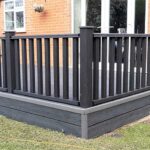The chilly UK winter has retreated, leaving behind a landscape eager to burst into spring. For the gardening enthusiast, this seasonal shift signals a time of rejuvenation and preparation. It’s time to exchange the warm cups of tea by the fireside for the soft hum of life that accompanies the blooming violets and daffodils. This guide will show you how to prepare your garden for a vibrant spring, ensuring that your little slice of nature will not just survive but thrive in the coming months.
Ultimate Home Improvements is dedicated to turning your residence into a sanctuary, starting with the garden. We believe that a well-tendered garden sets the tone for a home—after all, it’s the first thing you see when you come home and the last when you leave.
Without further ado, here’s how you can ready your garden for the joys of spring.
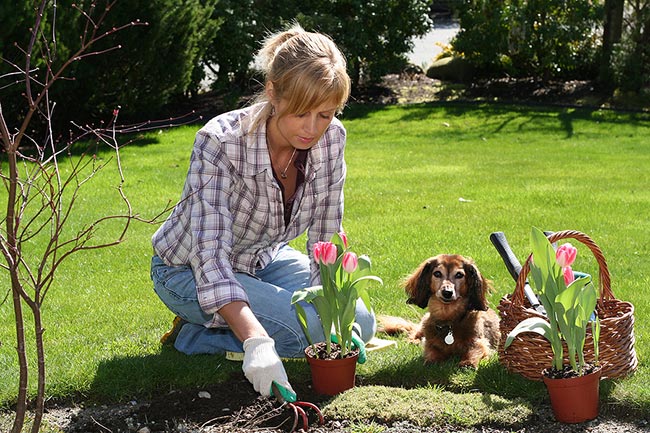
Tidying Up
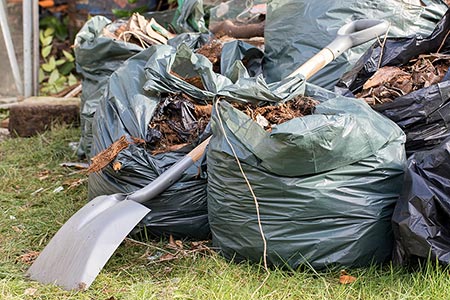
After several months under a snowy blanket or being battered by cold winds, your garden will need some love. Begin by removing any debris that has accumulated over the winter months. Fallen branches, dead leaves, and other plant remnants should be cleared away to prevent rot and disease. This also allows new plants the space to grow and prevents pests from taking shelter.
Deadheading flowers from the previous season makes way for the new growth, while cutting back any dead foliage aids in the prevention of disease. Remember to compost any organic matter if possible, turning your garden waste into future nourishment.
Pressure Washing
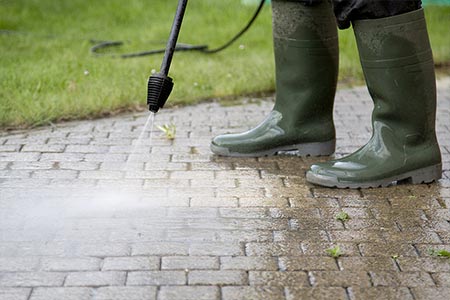
The winter months can leave patios, decks, and pathways covered in dirt and algae, creating both an eyesore and a safety hazard as surfaces become slippery. Pressure washing these areas not only enhances the beauty of your outdoor spaces but also prepares them for outdoor living as the weather warms up.
Be thorough but gentle; your aim is to refresh, not damage. Avoid using a setting that’s too powerful, as this can erode grouting or damage the surfaces. You’ll want to make sure that the stage is set for garden furniture or even soft, colourful outdoor rugs to make the place inviting for those spring barbecues and gatherings.
Getting Soil Ready for Planting
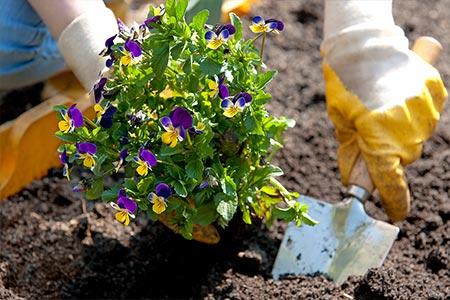
To ensure your plants have the best possible start, focus on the soil. After all, this is where your plants feed and establish their roots. Start by turning the soil. This aerates it, promotes good drainage, and brings fresh nutrients to the surface. It also helps to highlight any issues with the soil structure that may need addressing.
Incorporate plenty of organic matter such as compost, well-rotted manure, or leaf mould. This not only enriches the soil but also improves its texture which helps roots to grow and worms to work their magic. Your objective here is to create a welcoming environment for the seeds and seedlings that will soon be sown.
Test your soil’s pH and nutrient levels, which will guide you in what additional amendments to make. Depending on your findings, you may need to add lime to raise the pH or sulfur to lower it. Each plant has its own preference, so tailor your approach to what you’re planning to grow.
Garden Tool Maintenance
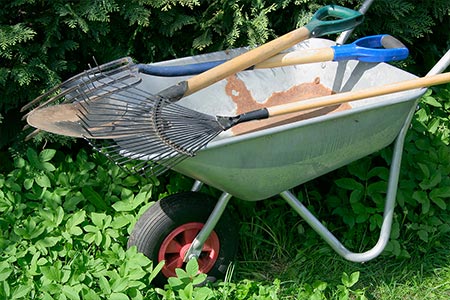
Before the full swing of spring beckons you outdoors, it’s pivotal to ensure your gardening tools are in prime condition. Well-maintained tools can make garden work more efficient and enjoyable. Start by giving all your tools a good clean. Remove any dirt and debris with soapy water and a stiff brush, and dry them thoroughly to prevent rust. Sharpening is next on the list. Tools like secateurs, shears, and spades cut and dig more effectively when they’re sharp. You can do this yourself with a suitable sharpening stone or file, or take them to a professional if you’re unsure.
For wooden-handled tools, a rubdown with linseed oil will preserve the wood, preventing splintering and ensuring a longer life. Metal parts should be lightly oiled after cleaning to ward off rust. Don’t forget about electrical tools. Check cords for wear and ensure that batteries have been correctly stored and charged according to the manufacturer’s instructions.
This diligent care and preparation not only extend the life of your tools but also make gardening tasks more pleasant and less strenuous. With your tools ready, you’ll be well-equipped to tackle all the gardening tasks that spring offers.
Early Season Bargains at the Garden Centre
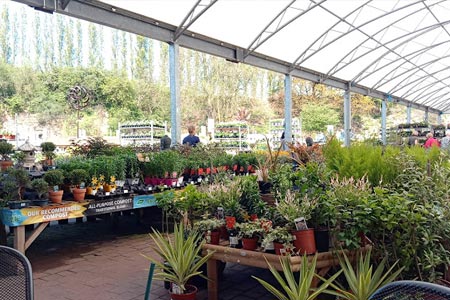
One of the joys of early spring is the chance to visit your local garden centre and find some incredible bargains. This is the time when garden centres are keen to clear out last year’s stock to make room for new arrivals, offering savvy gardeners the opportunity to pick up everything from tools, seeds, plants, and garden ornaments at significantly reduced prices. It’s also an excellent time to purchase bulbs such as lilies, daffodils, and tulips, as well as perennial plants that can be planted early and will provide colour and vibrancy to your garden in the coming months. Remember, the key to capitalising on these deals is to arrive early in the season; stock tends to be limited and once it’s gone, it’s gone. Plus, visiting the garden centre at this time of year can be a great source of inspiration and a chance to ask the experts about the best buys and how to care for them. Prepare a list of what you need before you go, but also be open to the surprises and opportunities that these early season sales can offer.
Ordering Summer Flowering Bulbs and Seeds
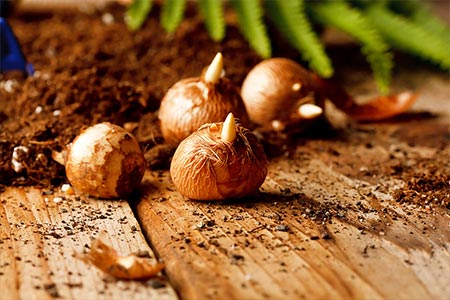
As the final frosts of winter make their exit, it’s the perfect time to start planning for a vibrant summer garden. Ordering your summer flowering bulbs and seeds early in the season ensures that you’ll have a wide selection of varieties to choose from and gives you a head start on the growing season. Summer favourites like gladioli, dahlias, and lilies can be found in abundance in catalogues and online, offering a palette of colours and shapes to suit any garden theme.
When ordering, consider the height, flowering time, and colour of the plants to create a balanced and continuous display throughout the summer months. It’s also worthwhile to research the specific needs of each type of bulb or seed, such as soil type and sunlight requirements, to ensure their success in your garden.
Don’t forget the practical side of ordering – always check the credibility of the supplier to ensure high-quality seeds and bulbs. Many gardeners prefer to support local nurseries where possible, which often provide expert advice tailored to your region’s climate and conditions.
Once your order arrives, it’s crucial to store bulbs and seeds correctly until it’s time to plant them. Most bulbs fare best in a cool, dry place until the threat of frost has passed and the soil has warmed up enough for planting. Seeds, on the other hand, should be stored in a dry, cool location until sowing directly into the garden or starting them indoors.
By carefully selecting and ordering your summer flowering bulbs and seeds now, you set the stage for a lush, colourful garden that will thrive in the warmer months ahead.
Removing Garden Pests Ready for Spring
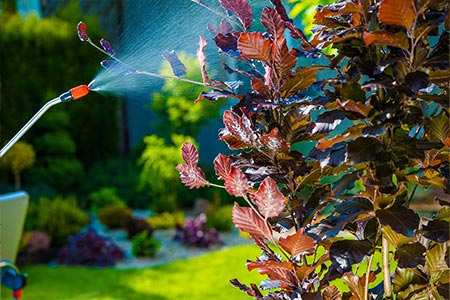
With the excitement of spring planting, it’s also crucial to turn your attention towards removing garden pests to protect your new blooms and foliage. Start by conducting a thorough inspection of your garden for signs of pest activity, such as damaged leaves, stems, and any visible insects or larvae. Early detection is key to preventing an infestation.
Natural methods are often the most eco-friendly and sustainable way to manage pests. Introduce beneficial insects, such as ladybirds and lacewings, who are natural predators of aphids, mites, and other common pests. Encouraging birds into your garden by providing nesting boxes and bird feeders can also help control the population of slugs, snails, and caterpillars.
For more stubborn pests, consider using organic pest control methods. Neem oil, insecticidal soaps, and homemade sprays made from garlic or chilli can be effective against a variety of garden pests without harming beneficial insects or the environment. Always apply these treatments in the evening or early morning to minimise the impact on pollinators.
Regularly removing dead plant material, fallen leaves, and weeds will also reduce habitats for pests to hide and breed. By taking these proactive steps, you can minimise pest problems and ensure your garden is healthy and ready for spring planting.
Installing Water Butts to Collect Rainwater
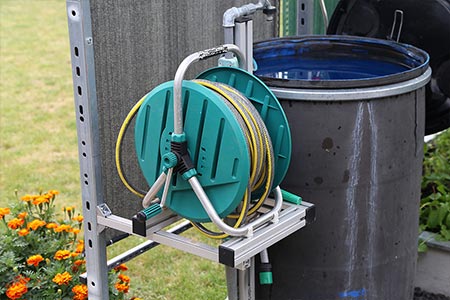
The installation of water butts is a practical and environmentally friendly step towards sustainable gardening. Not only does it allow you to collect and store rainwater, but it also reduces your reliance on mains water, saving both money and resources. Placing water butts under downpipes or linking them directly to your roof’s guttering system are efficient ways to harvest rainwater. Most garden centres and DIY stores offer a variety of water butt sizes, making it easy to find one that best suits your garden’s needs and space constraints.
Before installation, ensure you have a firm, level base to place the water butt on. This prevents any tipping or uneven distribution of water weight. Additionally, fitting a lid or cover will reduce evaporation and prevent debris from entering the water supply. For ease of use, attach a tap near the base to connect a watering can or hose, and consider a diverter kit to channel excess water back into the drain, preventing overflow. With your water butt in place, you can enjoy an abundant supply of rainwater for watering your plants, cleaning your gardening tools, or even washing your car, making every drop count in your garden.
Adding New Garden Furniture and Parasols
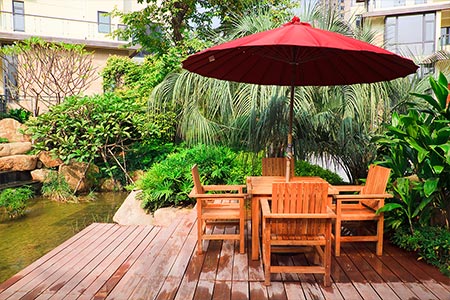
Adding new garden furniture and parasols is a brilliant way to enhance the comfort and aesthetic appeal of your outdoor space. Whether you’re looking to create a cosy corner for reading, a dining area for al fresco meals, or a shaded spot to relax on sunny days, there’s a wide range of options to suit every need and style.
When selecting garden furniture, consider materials that are durable and can withstand the elements, such as hardwood, metal, or rattan. These materials not only offer longevity but also add a touch of elegance to your garden. For added comfort, look for furniture with weather-resistant cushions that you can leave outside without worry.
Parasols, on the other hand, are essential for providing shade and protecting you and your furnishings from the sun’s harsh rays. Cantilever parasols are particularly versatile, as they can be adjusted and moved easily to cast shade wherever it’s needed. Alternatively, a classic garden umbrella can add a charming touch to any outdoor table setting.
Remember, the key to selecting the right garden furniture and parasols is to consider the overall look and feel you wish to achieve, as well as how the space will be used. By thoughtfully choosing pieces that fit your lifestyle and complement the natural beauty of your garden, you can create an inviting outdoor retreat that you and your loved ones will enjoy throughout the warmer months.
Spring garden preparation is more than just a chore—it is an act of optimism, a grounding ritual, and a prelude to the joys of the season. With these tips, your garden will not merely be prepared for spring; it will be poised to act as an outdoor extension of the love and care you pour into every corner of your home.
Take this time in early spring to envision the colours, textures, and experiences you want to enjoy throughout the year. And remember, Ultimate Home Improvements is with you every step of the way, providing the advice, resources, and services to make your garden—and your home—a personal Eden.
This article is published by Ultimate Home Improvement blog uk



